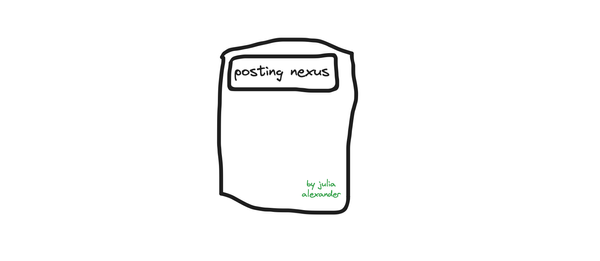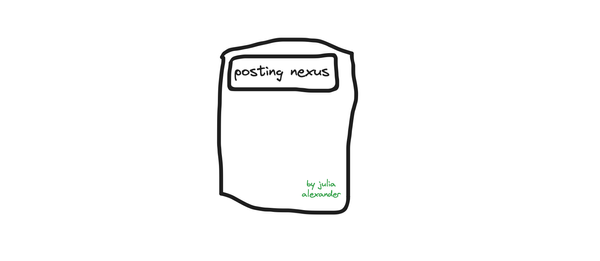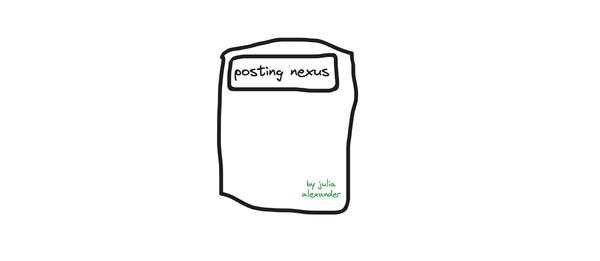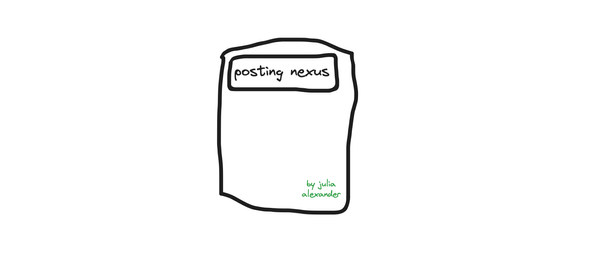TikTok Shop and the End of Content as We Know it
We're entering a world of advertainment, where videos aren't exactly ads and they're not exactly content. Trying to decipher what a video is is difficult for the average viewer — and nearly impossible to regulate.
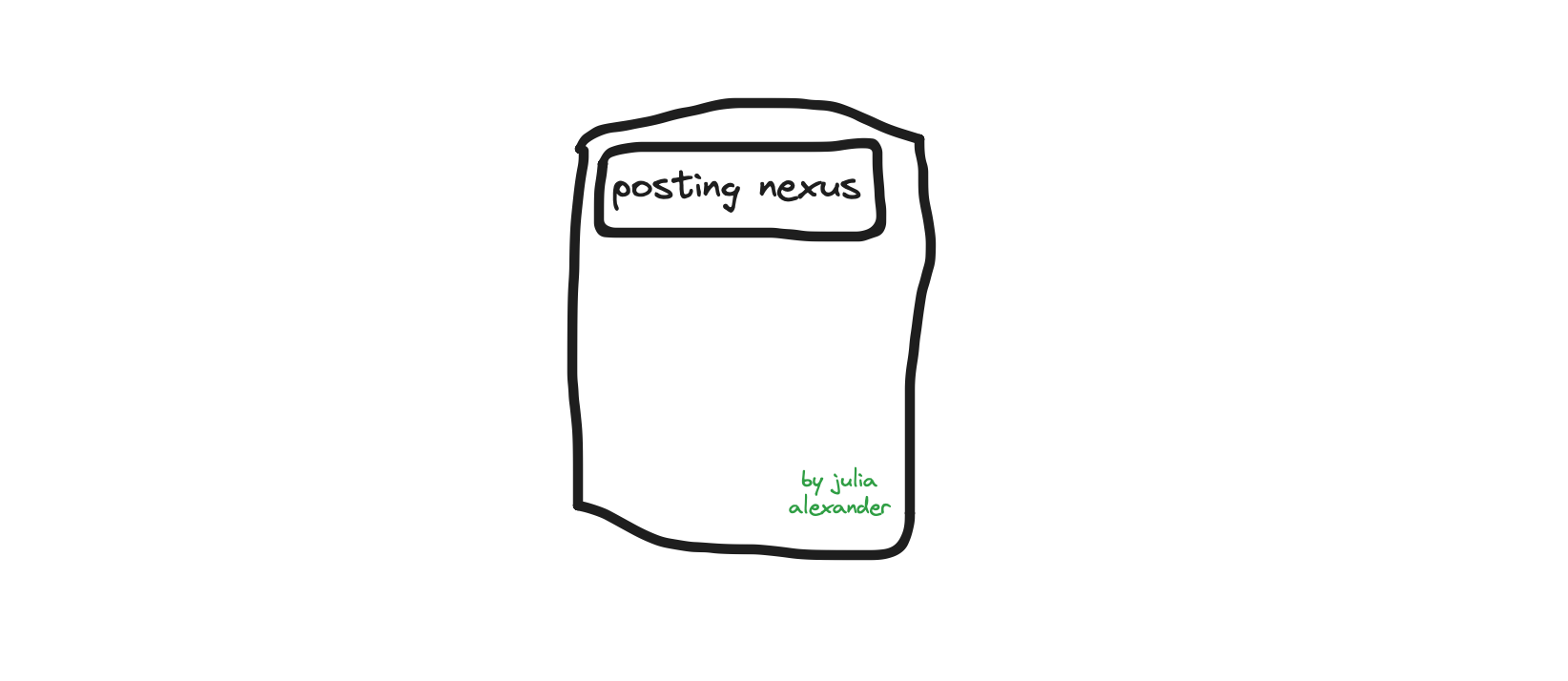
So long as the internet has existed, advertisers have pounced. It’s a necessary evil. We enjoy those addictive or helpful products offered for free, everything from Google to Facebook, from free game sites to marketplaces, porn to digital comics, because advertising makes it possible. The more that creators flocked to the internet as a destination rather than a first stop, bypassing centralized systems of grabbing attention (agents, publishers, casting producers, labels, etc), the more they were rewarded with monetary incentives to do even more: ad revenue splits (YouTube) and brand deals (Instagram, TikTok, etc).
And so long as advertisers have pounced, regulatory bodies have tried to determine the line of acceptable behavior. What’s another business aided by new technology and what is predatory? Case in point, brand deals — the new line that organizations like the FTC are constantly examining and re-examining. It’s a growing business on growing apps with growing viewers like TikTok. For example, companies large and small are looking more and more to TikTokers and, most interestingly, increasingly trying to team with less popular creators who aren’t seen as traditional influencers to help hawk their products. Now creators with 1,000 followers meet the threshold to work as an affiliate on the app, according to Rest of World, allowing them to “scour a list of eligible products, request free samples to make videos, and earn commissions — usually ranging from 10% to 30% — if their videos lead to actual sales.” Small is good because fake connection and even more faux intimacy is what sells these days.
Although changes in advertising strategies isn’t new, and while advertising on the internet itself isn’t new, ever shifting formats that suck unknowing audiences in are still something we’re learning to operate around. Advertisers moved within relatively constrained settings at the dawn of browsers. There were on-page display ads, like boxes at the top of a website page, and emails. In the ‘90s, email advertisements were mostly dull. They weren’t addressed to you so much as they were designed to reach anyone with an email. These emails didn’t feel personal. They didn’t feel targeted. They were spam. We created a folder to address this mostly harmless but annoying new tactic. By the 2000s, however, as better data from browsing was being collected and as online shopping started to become more normalized, these emails started feeling more pervasive. They were targeted, yes. But they were also designed to read like an email between you and a friend, not a business. These were addressed to you, not dropped in front of you.
It was a change in format, not delivery.
When it comes to predatory advertising, much of what we’re constantly pointing to without specifically spelling it out is format. Reading that Rest of World piece, while simultaneously thinking about the FTC’s last attempt to rein in fraudulent reviews (negative or positive) about branded products on boards like Yelp or on Amazon storefronts, only reaffirmed that chasing posts and posters is a surefire loss. The internet is too large, moving at a speed that feels impossibly faster than light itself. The problem is format — and that’s relatively new even though advertising chameleons are not.
It’s the way in which email advertising felt pervasive and predatory when it started appearing like a letter from someone we thought we knew, someone we invited into your personal space. It’s the way in which text spam ads that feel hyper targeted feel predatory today. I see it playing out like this: once a company (let’s use Google as an example) establishes itself as the go-to service that other players (advertisers, consumers, brands) can’t operate without, those companies like Google also get to control the formats those people and businesses use to communicate and garner attention. Video ads are designed to look like and work like YouTube videos because that’s the destination where audiences are, creators build, and brands exist. You can apply the same philosophy to TikTok’s own format.
Again, ads have always morphed into the delivery mechanism of the day. Newspaper ads worked within the confines of newspapers. Radio ads nestled perfectly into the broadcasts that played across airwaves. Television ads were designed to feel native to TV viewers. Email ads felt like emails because those were the most impactful and, now, ads on TikTok and Instagram feel like posts on TikTok and Instagram because that’s what advertising is designed to feel like. The biggest difference, however, is the conceptual understanding of something being sold to you versus something just appearing on your feed. We intrinsically know when an interruption is happening; when something “cuts to commercial.” It’s far more difficult when the entire app is a blended commercial.
Advertainment.
Now platforms like Instagram, TikTok, and YouTube work both with the FTC and their own creator communities to ensure posting requirements are met, but the issue is that the requirements don’t focus on format so much as squishing qualifications within those formats. A piece from the Cornell Law Journal from 2017 pointed out a facet that remains true today:
Twitter limits the number of characters in a tweet, making it difficult for influencers to use unabbreviated disclosures; however, the abbreviated disclosures are often deemed insufficient, even though they may still effectively disclose the partnership in this circumstance. Additionally, Snapchat and Instagram Stories only allow each photo or video to be 10 seconds long, and they vanish completely after 24 hours, which is problematic since disclosures need to stay on the screen long enough to be noticed and read. Without adjustment of the applicable regulations, these issues could eliminate advertising on some of social media’s largest platforms.
I can’t say enough just how well TikTok understands this workaround that still adheres to the rules. The company actually encapsulates it perfectly in their own 2021 marketing campaign when it started to heavily court advertisers: “Don’t make ads. Make TikToks.” Here’s what TikTok’s ads teams know from looking at user behavior and collecting servers of user data:
- Creators with smaller audiences carry a more authentic vibe to their content than large influencers, celebrities, and brands
- Having those creators make their own videos with items available in the TikTok shop adds an additional layer of authenticity in a voice and setting that followers already recognize
- Creators want to earn revenue for the time spent on platforms they’re spending hours on each day
- The speed of scrolling means that familiar faces may cause someone to pause for a second longer than otherwise expected
- More than 75% of social media and social video users have bought products advertised via social video channels. More than 65% of people say a link within a post brought them to a brand they wouldn’t have engaged with otherwise.
- And here’s the big one: more than 35% of consumers browse TiKTok’s shop at least once a week, choosing to shop on the platform because they value finding new products.
Put another way, while TikTok’s eCommerce business isn’t likely to close in on Amazon anytime soon (TikTok makes up about 7% of all online shopping activity compared to Amazon’s 56%), people are more likely to browse (ie, scroll) on TikTok than they are on Amazon. I don’t know what I want to buy from TikTok but I’m open to it versus needing toilet paper and dog food from Amazon. All of which brings us back to TikTok’s new Shop incentive: turn all ads into content — turn them into TikToks — and bring consumers in that way.
Now, on the one hand, this is arguably just what the next stage of advertising looks like. I can’t stress enough that radio ads felt like radio. TV ads felt like TV. But that pervasive connection between creators with smaller followings, the people who look and sound like us or who we might actually know, compared to the disconnect from a TV show cutting to commercials or even sponsored content appearing in a TV series (something 30 Rock eviscerated beautifully) is where that gray fog gets even murkier. Since these ads appear as TikToks as you’re scrolling, even with the disclaimers that the FTC and TikTok ensure are in the correct places, it’s sometimes difficult to tell what’s an ad and what isn’t until you dig around. How many users between 13 and 21 are doubling down into an investigation for a paid product or for a deal that exists between a few different companies? Take this example from Instagram (linking here as the embed refuses to work), which barely shows that it's a paid partnership outside of a small note in the description:
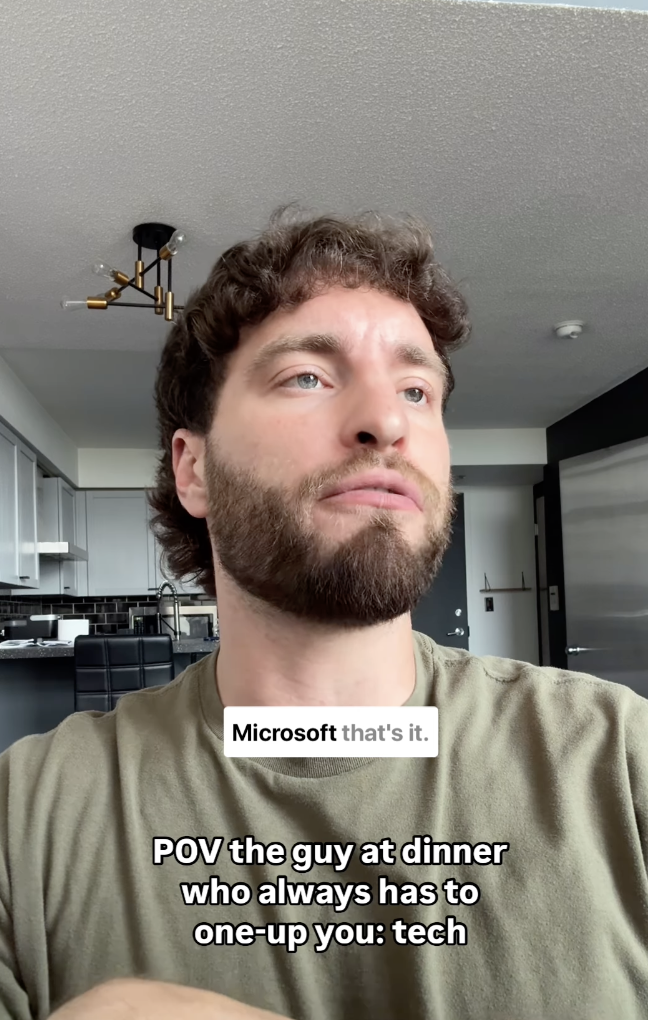
It seems inevitable that the future of user generated content will further splinter into smaller silos (fandoms, communities) and some level of viewer insertion (ie, being able to project yourself into an image on screen to see how an outfit or product would look on you or in your home). The more that we become one with the world that populates our screens, the world that we consume while lying in our warm beds, and the more that we blur our lives between the two, the less inclined we are to ask “is this predatory?” It just is as it appears.
This will become even more prevalent as the “AI slop” era that we’re diving head first into exists to show stuff and aesthetics, the more barely disfigured everything seems to unravel into. I love what John Herrman, my favorite writer working today, said about our feeds in a recent column for New York Magazine:
You might characterize the rise of Instagram as a story about streamlined photo editing or attribute some of Snapchat’s success to its (automated) face filters. TikTok has pushed this concept further, prompting users to participate in trends and making it extremely easy to produce videos. (The company is working on a feature in TikTok shop that will “generate scripts using artificial intelligence, so creators have enough to say and can sell more products during livestreams,” according to The Information.) Lend it your face and a bit of your personality, and TikTok’s video creation tools will streamline the creation of postable stuff.
Most important: the platforms want it. Look, AI can’t solely create for an audience of AI without executives starting to worry about the next generation of ad fraud (already surpassing $120 billion in estimated losses) and losing all advertiser trust. For now, however, it’s fine. The gamification of scrolling and expecting something that might be tantalizing enough to buy, or that projects an aesthetic that encourages seeking out items in the shop, further encourages people to spend time on the platform, to spend time scrolling, and to simply spend. As my friend Rebecca Jennings, another writer I admire dearly, wrote in her recent piece about the AI slopification of Pinterest aesthetics that are hitting eCommerce-turned-wannabe-social platforms like Amazon and social-platforms-turned-wannabe-eCommerce retailers like TikTok:
It’s all very cutesy and wholesome, but even this type of human-made content is increasingly little more than a plot to get viewers to click on affiliate links to Amazon storefronts or ultra-cheap TikTok Shop junk. In this way, they’re not all that dissimilar from AI slop: Platforms are encouraging their users to be professional salespeople, whether they’re hawking unethically made clothing and home goods or spamming audiences with AI-generated inspo photos.
Everything is blending into one gigantic digital psilocybin experience. Trying to ask consumers to decipher what’s being hawked to them when it’s not immediately obvious in the way that TV and radio ads were designed as — interruptions from the experience, not the experience itself — is only going to get more challenging. FTC Chairperson Lina Khan announced that new rules involving paid reviews, review suppression, and fake social media influence (ie, fake followers) were formalized the day before I hit publish on this essay. It’s a necessary, immediate action to better the hellscape we call our daily online life — and it’s nearly impossible to take action on because it’s asking to wade through 90% of the web’s DNA today.
When everything is an ad, and nothing is real, it’s not the accounts or the people you have to police. It’s formats. Good luck.

